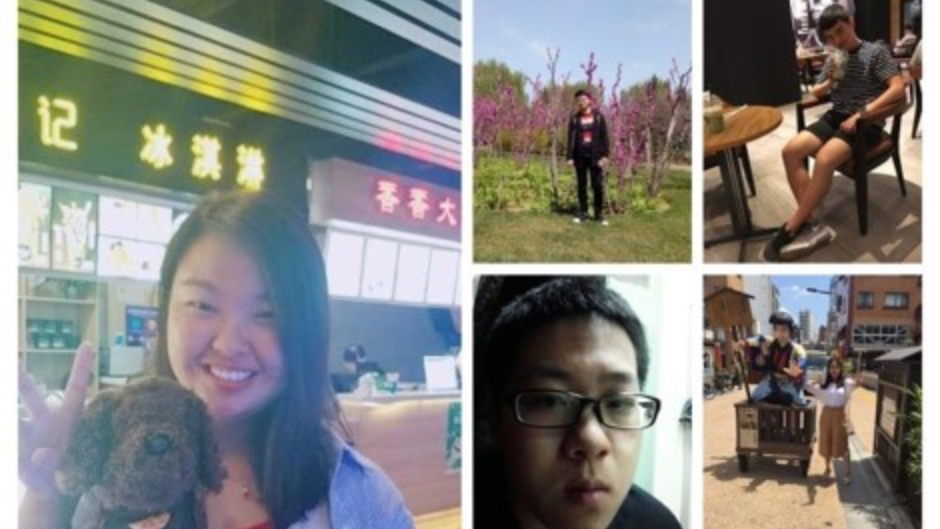In traditional classrooms, students observe a lecture and learn about new concepts and principles. They are then responsible for applying that knowledge while completing homework and other assignments outside of the classroom. These traditional classrooms seldom provide students with the opportunity to receive hands-on guidance from faculty while exploring class material. The University of Miami College of Engineering (UMCoE) is now using an innovative alternative to the traditional lecture format for several classes. This new format, which went into use during spring semester of 2017, is known as an active classroom.
UMCoE is redefining undergraduate engineering education through the implementation of global active learning initiatives. A classroom was transformed into an active classroom, and an initial committee of nine faculty members were trained in new pedagogies by the University of Miami Academic Technologies Learning Innovation and Faculty Engagement group. Following completion of the training programs, faculty taught seven courses actively, and at the completion of the semester, student testimonials and grades proved the method to be successful. Based on the success of the pilot, the College transformed three additional classrooms in the summer of 2017. More than 60 engineering courses were offered with an active learning component during the 2017-2018 academic year.
The College also initiated Global Active Learning through a partnership with Henan University (HU) in China. HU is located in Kaifeng, a famous historic city that was the capital of China during several dynasties. The city is in the Henan province, which has more than 100 million inhabitants. In fall 2017, the “Electrical Circuit Theory” course, offered by Michael Scordilis, associate professor in practice in the Department of Electrical and Computer Engineering, conducted a pilot program between the ECE and HU students. More than 40 UM students worked in teams with more than 50 HU students to design a portable security system. The students worked collaboratively using new technologies (including WeChat, Skype, etc.), and overcame a 13-hour time difference to conduct their research. The results of the project, including the design presentation, video sharing and joint report submission was well received by both students and faculty members.
“This was my first time working with people from around the world to accomplish a goal,” says Nicholas Leira, BSBME ’18. “The fact that the same principles can be applied and understood by people from opposite ends of the world is proof that mathematics and engineering are universal languages.”
The portable security system that the students designed had to monitor the breach of a window attached to the circuit. The security system had to maximize the time the circuit would monitor the premises while minimizing the components used.
“As a whole, the joint collaboration of our two groups was mutually beneficial to the success of our final product as it allowed us to cooperate with others with different points of view,” explains Nicolas Wagner, BSECE ’20. “The process also helped us both see the respective holes in our designs and introduce us to the idea of using long-distance communication to resolve an issue jointly, an element that is very real and applicable to our world today.”
Scordilis summarized his students’ experience on this cross-cultural project as, “at the University of Miami, we strive to educate world-class engineers, who are sensitive to cultural differences. Students can operate effectively in diverse groups that may be multifunctional, multidisciplinary and geographically-dispersed. This collaborative experience with students from China provided new perspectives through exposure to real long-distance issues on common collaborative design goals, demonstrating the global relevance of their studies.”

